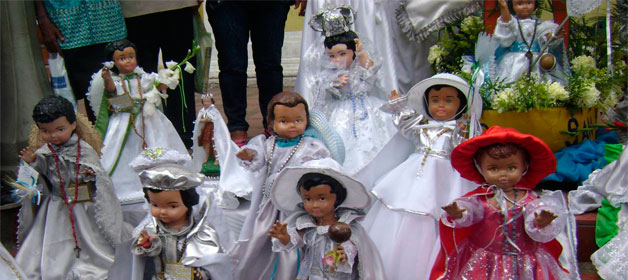On the night of the 23rd, men and women go to the rivers to purify themselves; this bath is known as "the blessed bath", because it is believed that on that date San Juan blesses the water courses and whoever bathes in them will have happiness and health throughout the year. On the 24th, the people move to the district of San Juan, where a mass is celebrated and a procession is carried out accompanied by a typical band with drums, drums and flutes. The typical dish of the date is the "juane" made with rice, chicken, eggs and olives wrapped in bijao leaves. During the Iquitos Tourist Week, dances, parades of typical groups, photographic contests and a handicraft fair are organized.
The ancient Celts called Alban Heruin to this festival and its main meaning was to celebrate the moment in which the Sun was at its maximum splendor. Actually the night of the solstice is June 21, although the Church has adapted it to the feast of St. John on June 24.
The religious festival of San Juan arrived in the Peruvian jungle with the Spanish conquistadors and coinciding with the date of Inti Raymi or Festival of the Sun, was fed with pre-Hispanic elements and rituals, becoming a popular celebration, a fusion of the native and the foreign.
This symbolizes the purification of water and joy for the gifts of nature. They are days of reflection, but also of revelry and merriment that inspire feelings of brotherhood and unity among the children of the forest.

The feast of St. John is celebrated every year on June 24.
In the Peruvian Amazon The cities of Iquitos in Loreto, Pucallpa in Ucayali, Tarapoto, Juanjui, Rioja, Moyobamba in San Martin, Tingo Maria and Aucayacu in the Province of Leoncio Prado, Puerto Maldonado.

Happy passengers